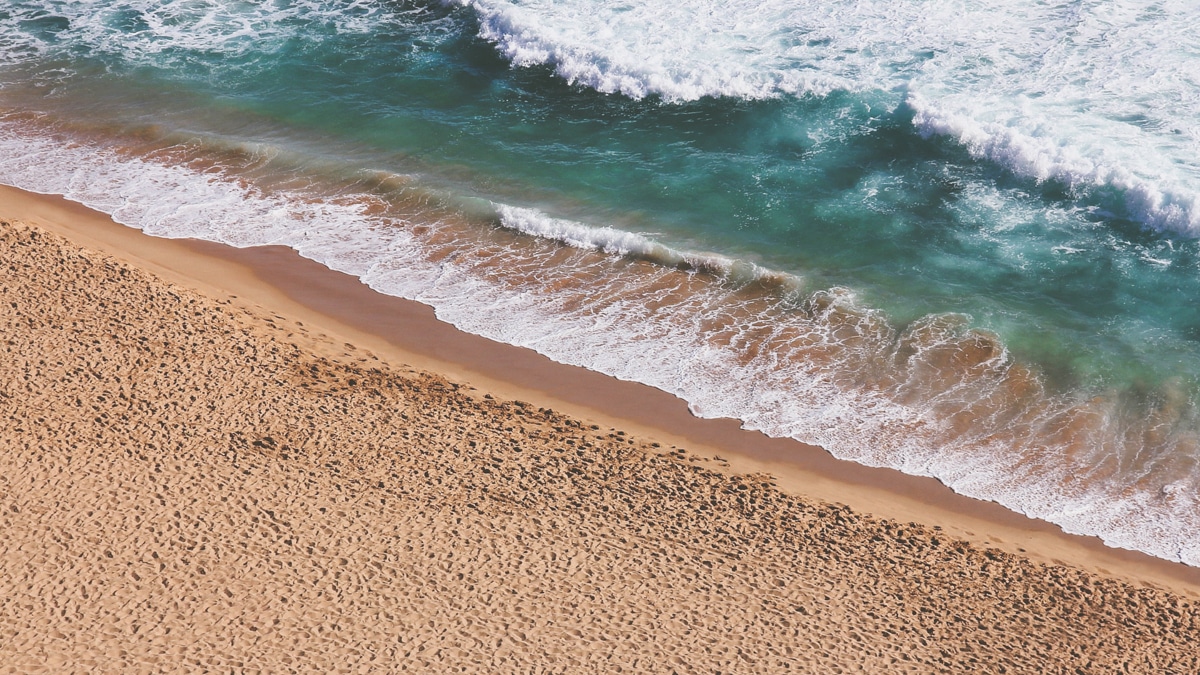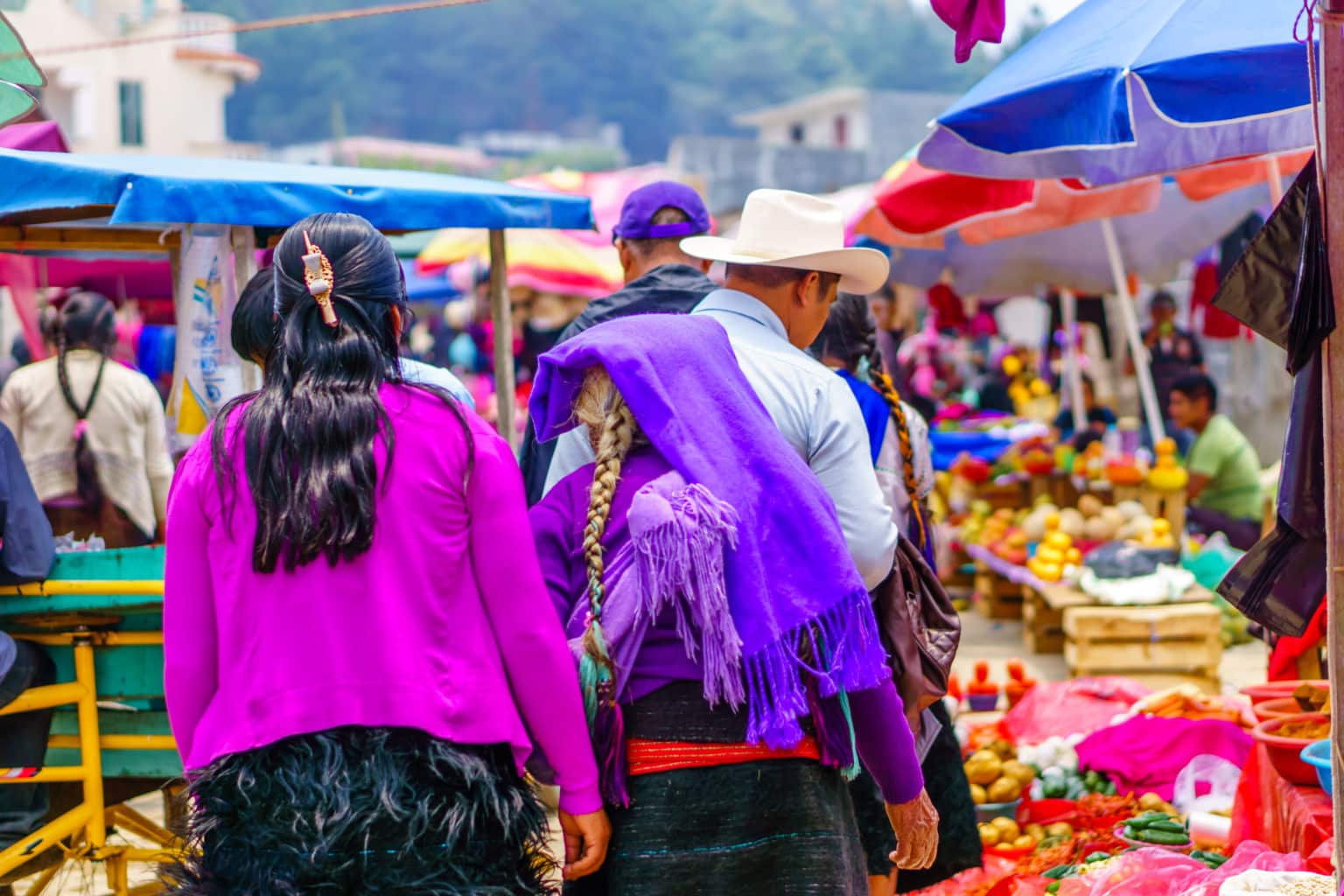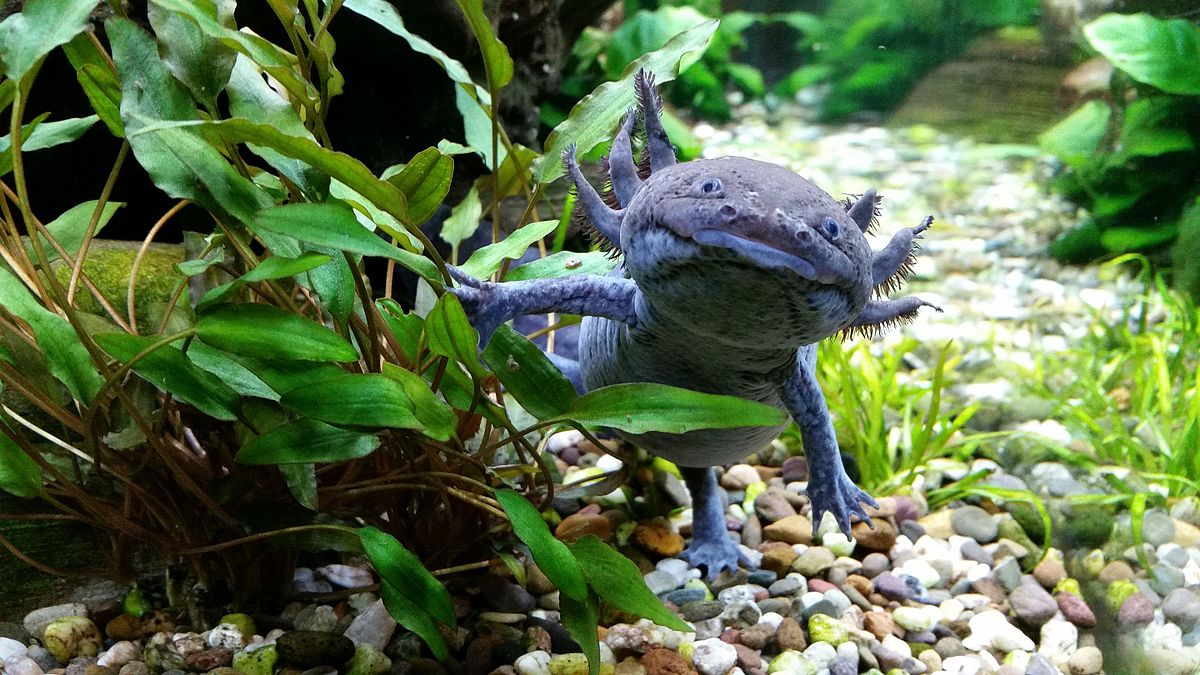
???? Our guide for renting a car in Mexico in 2022
Wondering if you should rent a car in Mexico? This article, full of tips on renting in Mexico, is for you! ????
En visitant notre site, vous acceptez notre politique de confidentialité concernant les cookies, les statistiques de suivi, etc.
Located on the coast of Chiapas, this is THE beach for locals and, judging by the abundance of seafood restaurants lining the beach and hotels along the one street, this place can be very crowded. With 32 kilometers of open ocean beach in the middle of a mountainous landscape, it is the state’s main beach resort.

If you thought Chiapas was just the Sumidero Canyon, well no, this state has a variety of climates and landscapes that are worth visiting, one of them is Puerto Arista, a dream beach of the tropics. More than 32 kilometers of beach in the open sea is what Puerto Arista has to offer. It is a great extension of high waves, palm trees, friendly locals and on the horizon the heights of the mountain range.
Located 23 km from Tonala, in Chiapas, this port has a beach that is almost 34 km long and is characterized by its soft gray sand. The beaches of Chiapas are sandy, with no bays or coves. The only feature along the entire length of the coastline is the narrow strip of sand that separates the sea from the brackish water estuaries that lie between it and the mainland.
For many people, being in the port may be enough, but the surrounding area can be interesting to visit and enjoy; for example the town of Cabeza de Toro, near the lagoon of La Joya. In these surroundings you can also find Cerro Bernal and the Boca del Cielo located in a mouth that connects the lagoon with the sea.
We recommend you to taste the local dishes based on seafood and fresh fish, which are prepared by the locals according to recipes handed down from generation to generation. But just as Punta Perula is very interesting for lovers of gastronomic tourism, it is also very interesting for those who like to take panoramic photos of beautiful places. Suffice it to mention that the sunsets that can be seen in Punta Perula are among the most spectacular in the entire Mexican Pacific.
With the same wild charm with which Chiapas projects itself before the eyes of tourists, Puerto Arista is a wonderful place to be in close contact with nature, to rock to the sound of the waves, to observe amazing sea birds and to get to know the way of life of local fishermen. The estuary and the open sea define a panorama that seems to be extracted from a paradisiacal dream, in this Chiapas destination.
The abundance of water in this area, forms a landscape of floating forests, supported by the enormous tissue of roots and branches of mangroves and other shrubs, the first of which reaches a height of 25 meters.
In the swamps and channels abound a varied local fauna, with all kinds of reptiles: boas, iguanas, turtles, alligators, crocodiles, lizards, among others. Also nesting are about sixty birds, from albatrosses to cormorants, including tutupans, watercocks and coots, not to mention the needle duck, which fishes underwater by threading the fish with its pointed beak, and the diving duck, which grunts like a pig.
In the firm lands near the marshes, raccoons, wildcats, armadillos, ocelots, guaqueques, badgers, ferrets, lions, tlacuaches and even predators the size of the jaguar, the king of the jungle and marshes of Chiapas, survive.
The Mexican coast is the preferred nesting site for almost every sea turtle on the planet. It is estimated that just over 140 of Chiapas’ beaches are home to thousands of turtles burying their eggs in the sand. Mexico is one of the world’s sanctuaries where sea turtles live and reproduce. It is hard to imagine that this animal could disappear from the face of the earth because of human ignorance and negligence.
Puerto Arista is the most important camp in Chiapas for the conservation and reproduction of the sea turtle. These beaches are the nesting centers, and there is work to do to protect the turtles and their young. Unfortunately, despite the great conservation effort, the turtles are also in danger in these places because here come the clandestine traffickers of eggs and turtles to plunder the nests or to kidnap or kill certain species to sell their meat, skin and shell on the black market. When you visit Puerto Arista, don’t just visit its beautiful beaches, but visit the sea turtle camp with your family and friends.
Puerto Arista is excellent for boat trips, sport fishing, ATV rides, beach volleyball and other recreational activities. But also those who love camping will find in this site an available space to develop their favorite activity.
Boca del Cielo, a small corner of paradise, with soft and fine sand, pearl gray, which extends for 21 wonderful kilometers and is frequented by hundreds of varieties of amazing and strange birds. From here you can observe the artistic work of Mother Nature, who has taken care to blend the contrast between the energetic waves of the sea and the calm of the lagoon of La Joya.
Experience the living and dead sea in one tour. At zero meters above sea level, the heat and waves of Puerto Arista will leave their mark on your skin. We continue the tour to know the passive part of the Pacific Ocean: Boca del Cielo, where the tranquility of its waters will make you discover the contrast of two types of seas in one ocean. At the end of this day of walking we return to San Cristóbal de las Casas.
Puerto Arista is the main beach in Chiapas. This is largely due to its pleasant climate, which is welcoming 365 days a year.
If you are in the area between the months of September and November, don’t miss this camp to witness one of the most beautiful natural spectacles in the region. This is the birth of turtles that you can participate in when you visit this center that is responsible for the protection and preservation of these animals. You can also take advantage of this opportunity to take a night tour with expert guides.
Find a cheap flight ticket to Mexico with the flight comparator: Aviasales. Online booking, flexible cancellation and electronic tickets. Book your seat today!
If you use public transportation, the gateway is Tonala, a small town about 25 minutes away by car. There are no regular buses to and from the beach, but collectivos and shared cabs run on the Tonala highway every 30 minutes throughout the day. The main drop-off point in Puerto Arista is the lighthouse, and per person, a ride costs 20 pesos (about €1), but for a few pesos more, you can get a ride to your hotel. From Tonala, the collectivos are located a 5-minute walk from the bus station, where the drivers may find you before you notice them!
Find the best rental car for your trip to Mexico through our partnerships with the best site to book your car: Discover Cars. They offer competitive rates because they search all major car rental companies and find the best price.
Easily compare and book bus, ferry, train or private transfer tickets from thousands of companies through our partnerships with : Bookaway. Online booking, flexible cancellation and electronic tickets. Book your seat today!
Compare and book your motorcycle, scooter, atv-quad and bicycle rentals in Mexico with our partnership with : BikesBooking, which compares prices of 950 rental companies.
Even the best-planned trips can be affected by the unexpected. But what will happen before or during your trip that travel insurance could help you with? Unforeseen events could disrupt your travel plans and cost you your vacation.
José’s campsite and cabins is the most popular budget traveler accommodation in Puerto – and that’s exactly where we went once we got out of the collectivo. However, if you need to go there in the off-season (i.e. outside of July or August), the prices drop considerably, so it’s worth checking out a few others to see what deals are available.
Comparez et réservez facilement les meilleurs hôtels au Mexique grâce à nos partenariats avec : Booking. Réservation en ligne et annulation flexible et billets électroniques.
Puerto Arista is not cheap (compared to the rest of Chiapas!). The majority of restaurants are located by the sea and, as such, charge more for their food. For those on a strict budget, paying 130 pesos (about €5) for a single main meal is definitely not a viable daily option.
Fortunately, after wandering the streets (admittedly, there are only a few, but it can take a while), we discovered a small plaza lined with several food stands. Here, for 35 pesos (about 1.5€) you can buy any of the traditional Mexican dishes, like Mexican tacos or tamales, all in large quantities and with great taste. Although we could have afforded the fancier places, we doubt it would have tasted better. To find the place, ask a local or head two blocks back from the beach!
In a coastal region like Puerto Arista, it is not surprising that seafood is such a popular and delicious dish and one of the best places to enjoy it is the Marlhit restaurant. It is a traditional restaurant specializing in seafood, simple with a palm roof, but with a unique seasoning in its dishes. You can’t leave Puerto Arista without trying its fried or steamed mojarras, its shrimp to taste and its cocktails: a culinary destination that is simply unmissable! Located on Mariano Matamoros Boulevard 3a. Poniente, Puerto Arista.
A Resto Bar and Café, part of the exclusive Careyes Boutique Hotel that offers traditional Mexican dishes, ideal for enjoying sports events. Its design and decoration totally focused on sports subjects make it very unique and its staff is extremely friendly and attentive. In addition, it has a beautiful view of the beach and on Sundays it offers a buffet for breakfast or lunch. Located on Mariano Matamoros Boulevard 153, Puerto Arista.
This place is amazing! The food is incredible, the best seafood on the entire coast! The staff is very friendly and helpful and the prices are very reasonable. The place is strategically located on the beautiful beach, which gives a relaxed and natural atmosphere. It is the perfect place to spend time with your family and enjoy a delicious dinner. Located in front of the Garden Beach Hotel, Puerto Arista.
It is a restaurant with an original and unconventional menu, which is delicious and very well seasoned. It is a fish and seafood restaurant par excellence, and each dish is prepared with exquisite quality to satisfy the palates of the most demanding customers. You will fall for it! Plus, the service is super nice, the place is super nice and the prices are super low! Located at 88, Benito Juarez, Tonala.
Excellent service, food and price! The perfect mix, don’t you think? The service provided by the restaurant team is exceptional, super friendly and attentive to the customer’s needs. And the food? Very tasty! And also with good portions adapted to the price. Located on Zapotal Boulevard – Interior A, Puerto Artista.
One of the best places to enjoy seafood in the area of Puerto Arista is the restaurant Tierra del Sol, where they show their exquisite quality. The menu is very varied, so ask for what you want, they have something for everyone. However, the dish that stands out the most is their seafood platters. My goodness, how delicious! And you can pair it with the excellent cocktails they serve on the premises. Located at 140 Belisario Domínguez Street – Nicatán neighborhood, Tonalá.
Do you have questions about Puerto Arista? Planning a trip to Chiapas? Send us a message!
AUTRES ARTICLES

Wondering if you should rent a car in Mexico? This article, full of tips on renting in Mexico, is for you! ????

The moustache is a real myth in Mexico. This complete document will tell you absolutely everything about the famous Mexican mustache!

In what parts of Chiapas could you live among the Mayans? This immersion in a Mayan village in Chiapas tells you absolutely everything!

Tuxtla Gutiérrez, capital of the state of Chiapas, retains the air of tranquility that is characteristic of places rich in traditions, customs, legends and rituals

The Mexican axolotl is an impressive amphibian! Learn all about this little creature here.

Travelling with children is not easy because they are the most demanding and select tourists: they know what they like and what they don’t like.